Schools Receive Pepper Robot's visit with its New Visual Programming Tool: Tethys
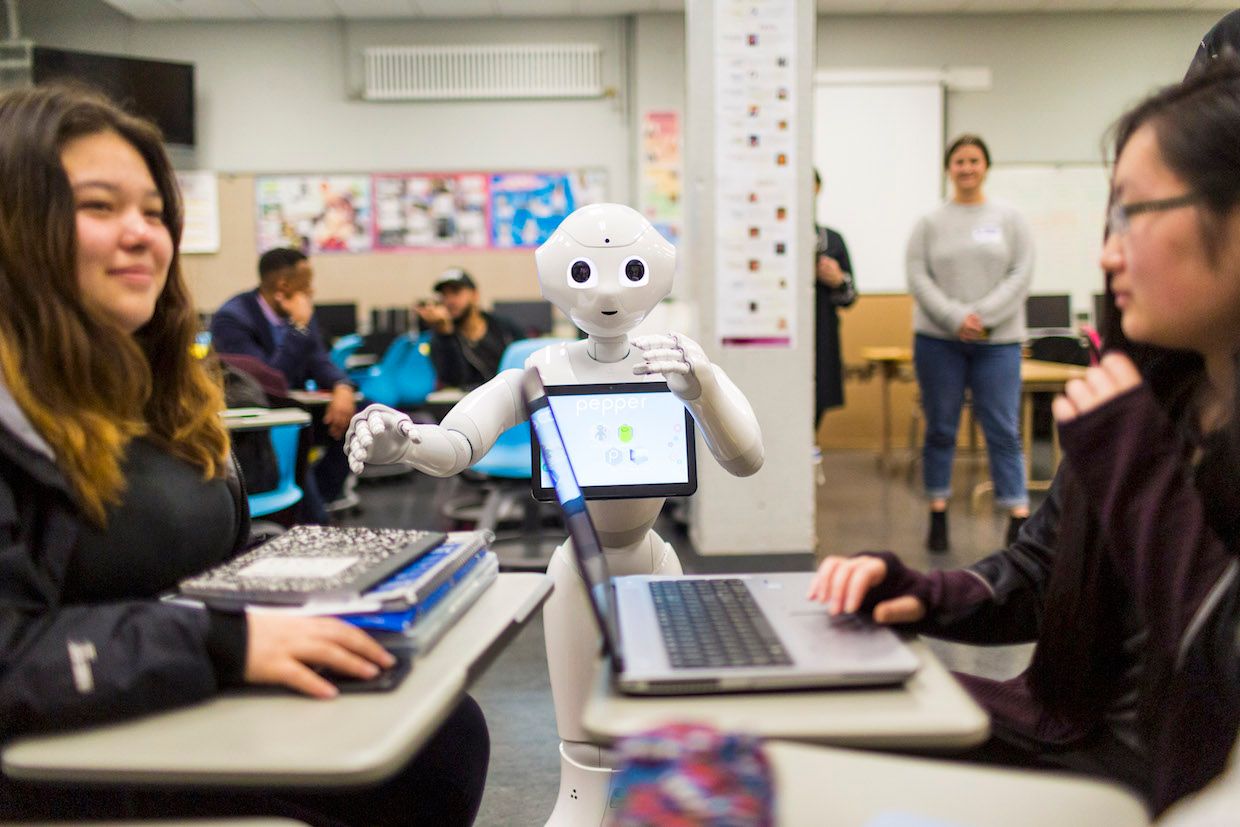
SoftBank Robotics America today announced the launch of Tethys, an integrated development environment designed to teach coding skills. The SoftBank Group Corp. unit said the visual learning software enables students to program its Pepper humanoid robot in real time.
- 0 Comments
- Mar 6, 2020 4:00:00 PM
- Posted by Natalia Galvis
- Topics: Robotics, EdTech, STEM, 21st Century Classroom, Robots,, Innovation, STEMchat, Edchat
Meet Tethys! An Integrated Development Environment Designed To Teach Coding Skills with Pepper Robot

SoftBank Robotics America today announced the launch of Tethys, an integrated development environment designed to teach coding skills. The SoftBank Group Corp. unit said the visual learning software enables students to program its Pepper humanoid robot in real time.
The standalone visual programming software can connect to their humanoid robot, Pepper, to program full functionality of the robot in real time. SBRA’s first commercially available software tool is the latest milestone in their longstanding education initiative spanning NAO, Pepper, and their partnership with the SoftBank Group.
- 0 Comments
- Mar 6, 2020 10:47:12 AM
- Posted by Natalia Galvis
- Topics: Robotics, EdTech, STEM, 21st Century Classroom, Robots,, Innovation, STEMchat, Edchat
3 Ways To Integrate Technology Into The Classroom

Today’s primary and secondary students are extremely tech savvy, which is why implementing technology in the classroom has become a major focus (and in some cases a major obstacle) for educators. The students in your classroom constantly use technology to communicate with each other and learn about the world around them. Integrating technology into the classroom creates learning opportunities that are more engaging, and sometimes more effective, than traditional teaching methods and principles.
- 0 Comments
- Mar 6, 2020 10:00:00 AM
- Posted by Natalia Galvis
- Topics: EdTech, STEM, 21st Century Classroom, Technology, Innovation, STEMchat, Edchat
Closing The Gap Between Men and Women in STEM
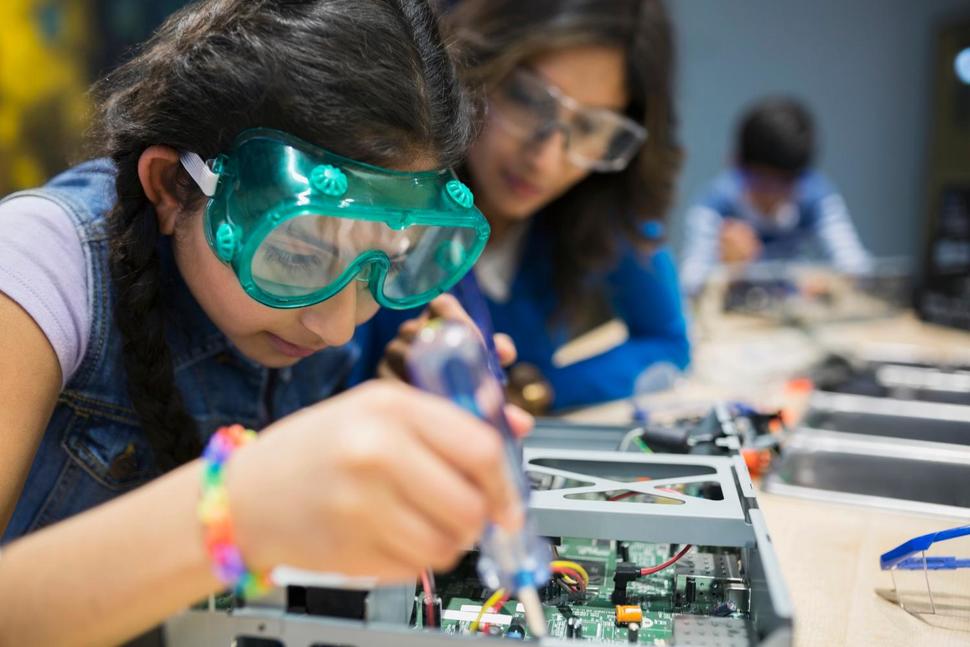
Gender inequality in the workplace is nothing new. When women entered the workforce during World War II, it was out of necessity. During the feminist movement of the 1960s, women entered the workforce by choice. However, their options were quite limited. Most simply became secretaries, nurses, babysitters, or teachers.
Today, women work in all fields, but, the hard sciences, technology, engineering, and mathematics are still dominated by men.
Is there is a reason that such a gap continues to exist in these particular fields? And what can be done to close this gap?
- 0 Comments
- Mar 5, 2020 10:00:00 AM
- Posted by Natalia Galvis
- Topics: EdTech, STEM, 21st Century Classroom, Innovation, STEMchat, WomeninSTEM, Edchat, girlsinSTEM
Is the implementation of 3D printing in education a necessity?
Recently, 3D printing in education has become more widely known. Despite 3D printing being relatively new on the mainstream market, more and more 3D printers and applications of 3D technology are being found. The leading 3D printing manufacturers have already developed specialised machines for children and printers to cover educational needs.
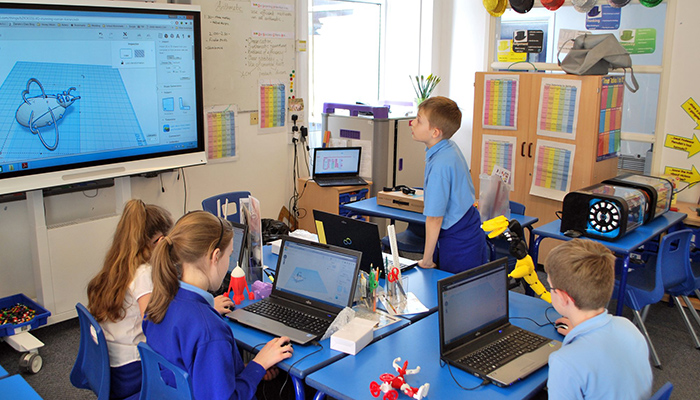
Nowadays the importance of the inclusion of 3D printing in professional degrees and in schools is already a fact. Since training is essential for the application and implementation of professional 3D technology, especially for the industry it is a professional necessity. However, when it comes to the use of 3D printing in education, questions arise: Is 3D printing really established in education? How to get the application of 3D technologies in schools and why should it play an important role for our children?
- 0 Comments
- Mar 4, 2020 10:00:00 AM
- Posted by Natalia Galvis
- Topics: EdTech, STEM, 21st Century Classroom, Innovation, STEMchat, Edchat, 3D-Printer
How can robots teach children about math and science?
It’s no big secret that kids love to create. Hands-on activities provide a wonderful way to engage children and teach them important lessons they’ll remember long-term. This concept has inspired the fast-growing “maker movement” — a trend of do-it-yourself activities for children that involve learning, building, and experimentation.
Robotics is one of the most popular examples of the maker movement. Kids and adults alike are enamored with robots; creating an object from scratch and learning to control its actions is just plain cool. But there’s more: the fundamentals of robotics are directly connected to important STEM skills. It’s not just fun, it turns out; it’s educational.
- 0 Comments
- Mar 3, 2020 11:18:22 AM
- Posted by Natalia Galvis
- Topics: Robotics, EdTech, STEM, 21st Century Classroom, Robots,, Innovation, STEMchat, Mathematics, Edchat
How To Flip your STEM Classroom
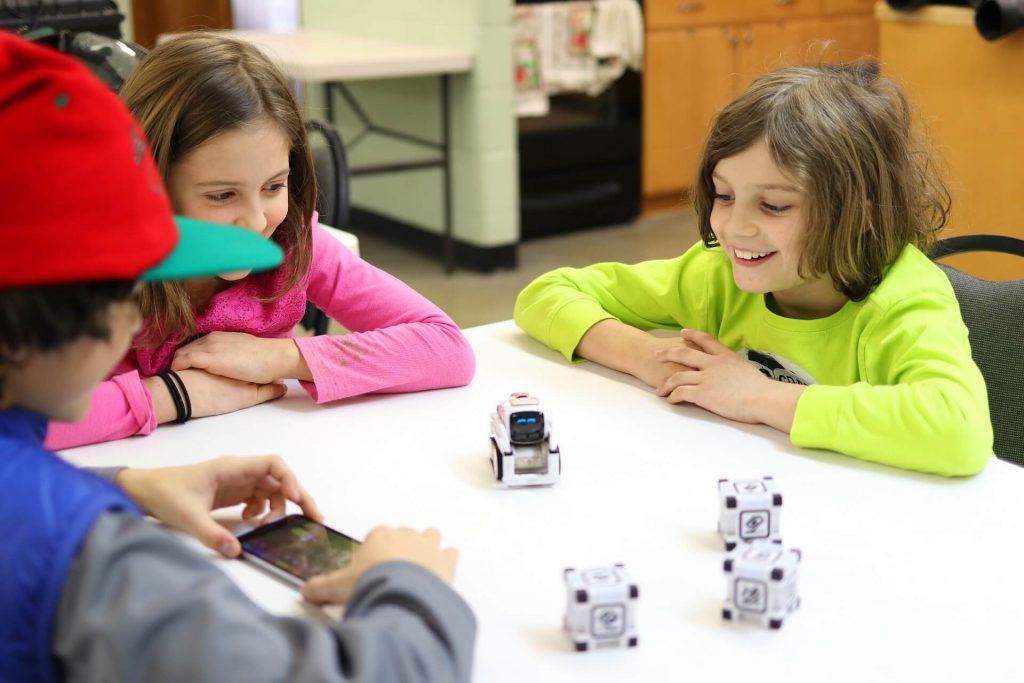
Flipped classroom: It’s one of the hottest buzzwords in education at the moment, and it’s also an effective approach to student-centered learning.
If you’re not yet familiar with flipped classrooms, here’s the deal:
- 0 Comments
- Mar 2, 2020 10:00:00 AM
- Posted by Natalia Galvis
- Topics: Robotics, EdTech, STEM, 21st Century Classroom, Robots,, Innovation, STEMchat, Edchat
Plan Ahead: 11 STEM Activities for Spring Break!

Whether you're heading out on the road for spring break or taking it easy at home, incorporating a little STEM fun can help keep your child's creativity flowing during the week off.
To get you and your family started, we've rounded up a variety of spring break STEM activities that are easy, educational, and inspiring! Choose one or try them all, and show your child just how exciting and open-ended STEM fields can be. They'll discover fundamental skills and concepts that will stick with them long after spring break ends. How's that for a productive spring break?
- 0 Comments
- Feb 21, 2020 10:10:00 AM
- Posted by Natalia Galvis
- Topics: EdTech, STEM, 21st Century Classroom, Technology, Innovation, STEMchat, Edchat, k12, springbreak
Funding Education Innovation: 3 Ways to Get It Right
There’s no doubt that education innovation is a pressing issue in our country today. As societal needs continue to evolve, educational reform should follow in order to meet those needs. One of the most impactful ways to respond to the evolution of needs is education innovation, and there is a way to do it.
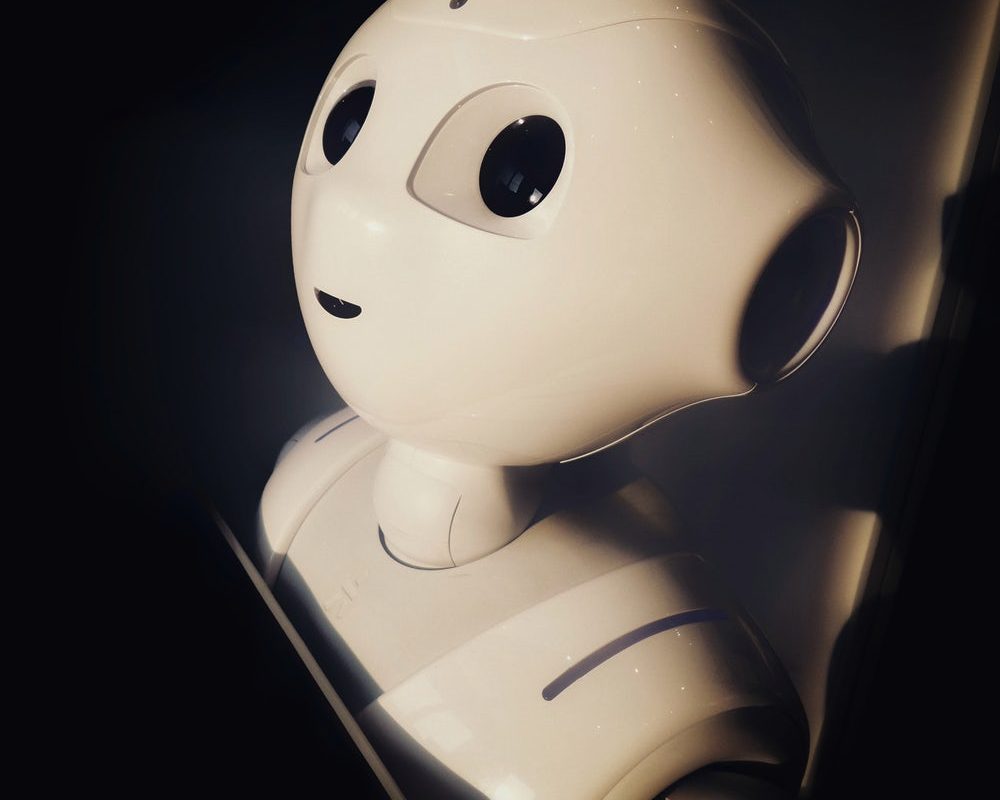
- 0 Comments
- Feb 20, 2020 10:00:00 AM
- Posted by Natalia Galvis
- Topics: EdTech, STEM, 21st Century Classroom, Technology, Innovation, STEMchat, Edchat, k12
The heroines STEM: Ten women in science you should know
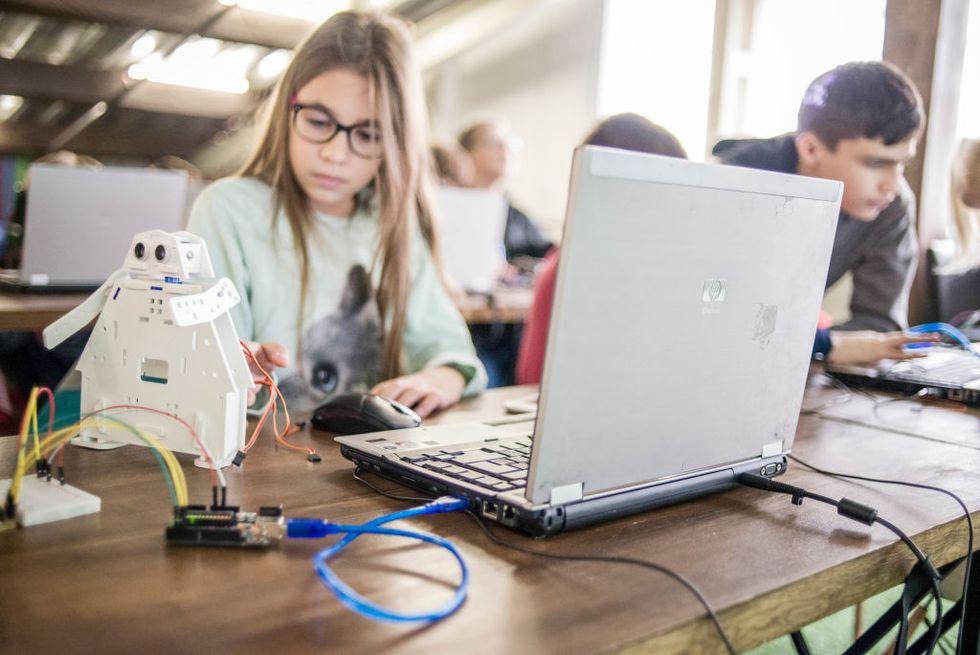
Science is often considered a male-dominated field. In fact, according to United Nations data, less than 30% of scientific researchers worldwide are women.
Studies have shown that women are discouraged from, or become less interested in, entering the fields of science, technology, engineering and math (STEM) beginning at a young age. And according to the Pew Research Center, women remain underrepresented in engineering, computer science and physical science.
But despite challenges of gender discrimination and lack of recognition in the scientific community, countless inspiring women in these fields have made historic contributions to science and helped advance understanding of the world around us.
Many were not recognized in their own lifetimes, but their achievements have helped generations of female scientists to come. We all learned about Marie Curie and Jane Goodall, but here are 10 more women in science you should know.
- 0 Comments
- Feb 19, 2020 10:00:00 AM
- Posted by Natalia Galvis
- Topics: EdTech, STEM, 21st Century Classroom, Technology, Elementary, STEMchat, Edchat, girlsinSTEM
Relevant Posts
Popular Posts
Subscribe to Email Updates
-
I Want To Learn MoreADDITIONAL INFORMATION


